Using dental sedation for special needs children requires careful consideration of their individual needs. Each situation should be evaluated on an individual basis, taking into account the child’s medical history, age, behavior, and any possible risks associated with the use of sedation.
Children with special needs can often be more prone to developing dental issues like cavities or gum infections because of higher sensitivity levels or mobility difficulties.
The most important thing is for a pediatric dentist is to be knowledgeable about the different types of sedation techniques available and their effects on the developing brain of a child. Dental sedation can be a difficult process to undergo for some special needs children, as it can cause fear, anxiety and discomfort. That’s why the professionals at Pediatric Smiles and Braces have adopted the Smart Step Sedation approach to pediatric dental sedation.
The Smart Step Sedation approach can be summarized in one sentence: The less sedation, the better.
When we say we take a “conservative approach”, we mean utilizing the least amount of sedation, and the least invasive treatments possible to still get the best dental outcomes for your child. For children who would benefit from sedation, we start with the most gentle options possible, and only move to the next step when necessary. Our dentists always make sure they consult parents every step of the way so that both the child and parents are comfortable.
The most important factors that our dentists weigh when considering how to move forward with any form of sedation are the child’s and parent’s comfort levels. If both the parents and the dentist together decide that sedation is necessary, there are progressive levels of sedation that can be applied.
Level 1: Nitrous Oxide “laughing gas”
This is almost always the starting point. You child will breath this safe gas for a few minutes to relax them so they don’t notice the numbing or “sleepy juice” injection. This treatment is so gentle, most children don’t even notice it, and leave feeling happy and relaxed.
Level 2: Oral Sedation
The next step up is an oral medication that your child will be given to drink to make them sleepy. All of our medications are FDA approved for use with children and provide an extremely safe option for your child. Only about 3% of children will require this method.
Level 3: IV Sedation/General Anesthesia
The last option is intravenous sedation. This is administered by a board certified anesthesiologist, usually in a hospital setting. This is the method we will recommend only when all previous steps have been eliminated.
If your special needs child needs to see the dentist but you have concerns about sedation, please contact the specialists at Pediatric Smiles and Braces and ask us any questions you may have.

